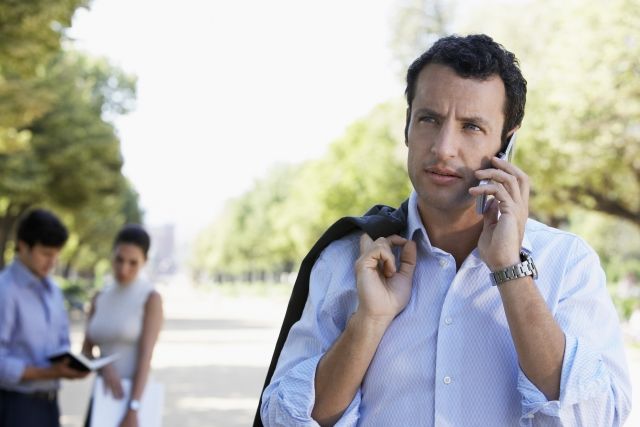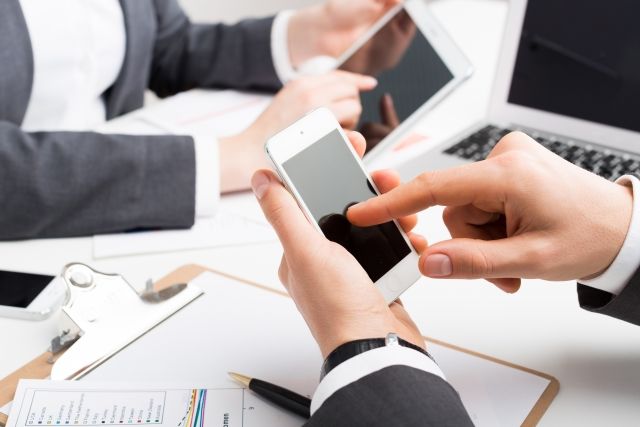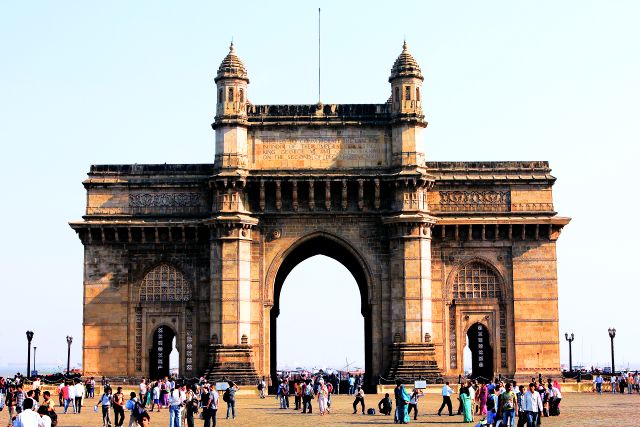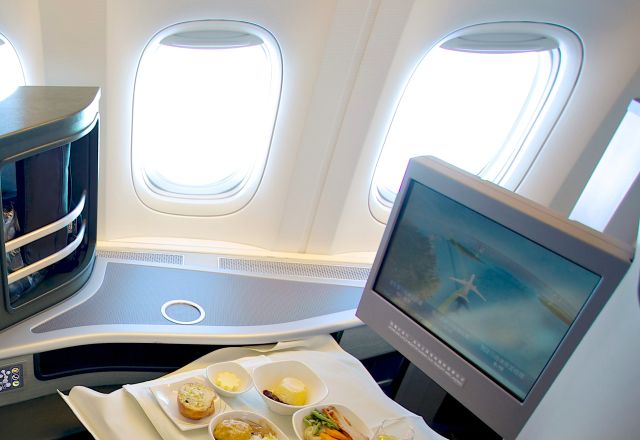How to Prevent Public Wi-Fi Attacks
Having access to free Wi-Fi is almost a necessity for most of us, especially when we are traveling. And since people are spending more and more time checking their smartphones, and especially their social networks, the desire to have Internet access while you are walking your dog or traveling to work is pretty common these days.

It may not be perceived as a great danger to connect your phone to a free Wi-Fi hotspot for a minute or two, to check your email or update your Facebook status, but the sad reality is that an attacker will only need a few seconds to break into your phone, and then get access to your passwords and files.
Our strong recommendation is to avoid free Wi-Fi hotspots whenever it is possible to do that. Of course, this doesn’t mean that you won’t ever encounter similar problems with paid Internet access, but their incidence is much smaller whenever you are paying for service. Still, if you really need to connect to a free Wi-Fi hotspot, there are several things that you can do to prevent your information from being stolen.
First of all, make sure that your device isn’t sharing anything with anyone. Sure, there are several apps that want to help you share things with friends, but they are also the perfect apps for hackers that are trying to break into your phone or tablet. So before connecting to a public Wi-Fi hotspot, be sure to disable all the apps that want to share data with the outside world.

Limit your navigation to secure sites. Most sites use the secure https protocol these days, and big companies like Google and Facebook help you connect securely to their websites. Still, this doesn’t mean that all the websites that show up in Google search results are secure – quite the opposite!
Secure sites display a lock while you are visiting them. So be sure to check which sites are secure before leaving your home, and then stick with them while you’re gone.
![]()
Use a VPN to secure your traffic. VPN stands for “Virtual Private Network” and it’s a system that encrypts the connection between your device and the destination website.
These days you can install free antiviruses on most devices, including tablets and smartphones. So be sure to find the best free or paid antivirus that you can afford to install, and then make sure that it is active. Researchers from Data Alliance state that only 20% of the US citizens install antiviruses on their mobile devices.

Stay away from hotspots that have fishy names. Often times, hackers try to lure unsuspecting victims by setting up hotspots with legitimate looking names. If you are in a restaurant and you see a Wi-Fi hotspot which has the restaurant name, it may be quite safe to assume that the hotspot is owned by the company behind the restaurant. However, if you see a Wi-Fi network that claims to belong to a big company (Starbucks, etc.) which doesn’t have any headquarters in the area, it may be set up by potential attackers.
This is a common sense idea, but I’ll mention it anyway: don’t log into your precious accounts while you are using a free hotspot. Don’t use public Wi-Fi to check your bank account, for example. If you really need to check your email, it’s much better to create a temporary email account while you are traveling, and then forward your email from the main account(s) to it.
Wi-Fi News
Posted in Facebook, Tech News, Wi-Fi
Facebook launches an ambitious rural Wi-Fi plan
The social networking giant is currently negotiating with Internet service providers in India, with the goal of expanding its Express Wi-Fi program in this country. The pilot project was run in 125 villages, and it’s been a success so far. The initiative will allow Indian citizens to purchase affordable Internet access packages from their local ISPs.
So far, the Facebook officials have not revealed the names of the Internet service providers that they are negotiating with. The social media leader has tried to implement free Internet access in several Indian villages, but the initiative failed after the authorities banned them, due to their discriminatory packages, which also included zero – rated services.
Mumbai to become a Wi-Fi city by 2017
Mumbai will have 1200 free Wi-Fi hotspots by 2017. At least that’s the plan! The government officials have stated that they intend to place these free hotspots in the most important areas of the city. Examples include: Gateway of India, Chowpatty, and so on. The minimum guaranteed speed will be 20 MBPS.

The first 500 hotspots should be operational before the end of the year. These free Wi-Fi systems will also be used to assist smart cars with parking, as well as help public transportation by providing real-time traffic updates.
Travelers demand in-flight Wi-Fi
A larger and larger number of people are demanding to have access to Wi-Fi and Internet during their flights, even though they are reluctant to pay for these services. This leaves aircraft companies with a big dilemma, because they’re supposed to invest millions of dollars to upgrade their aircrafts with the technology that would allow Wi-Fi access.

So far, about half of the aircraft flight providers have added Wi-Fi access to the facilities that they are offering to their passengers. Quantas plans to offer onboard Wi-Fi without asking for any charge, but other companies like Virgin Australia intend to charge their customers for Internet access.
Still, companies that plan to charge for Wi-Fi access are in a delicate position, because if their prices exceed their competitors’ prices, people may choose a rival airline company.
Recent research shows that people are willing to pay about $10 for Wi-Fi access while flying locally, and about $20 for international flights.
Emirates is currently offering 10 MB of data for free, and then charges its customers about three dollars per gigabyte. It’s not a big price to pay for sure, and other companies such as China Airlines also have decent prices, charging about nine dollars for 24 hours of Internet access.
Still, other companies like Thai Airways demand about $40 per 20 MB. Singapore Airlines charges the same amount of money for only 30 MB of data.
People should carefully read the fineprint before using Wi-Fi access services during their flights. The good news is that most airlines are transparent when it comes to their prices and how much data you are actually getting in exchange for your money.
